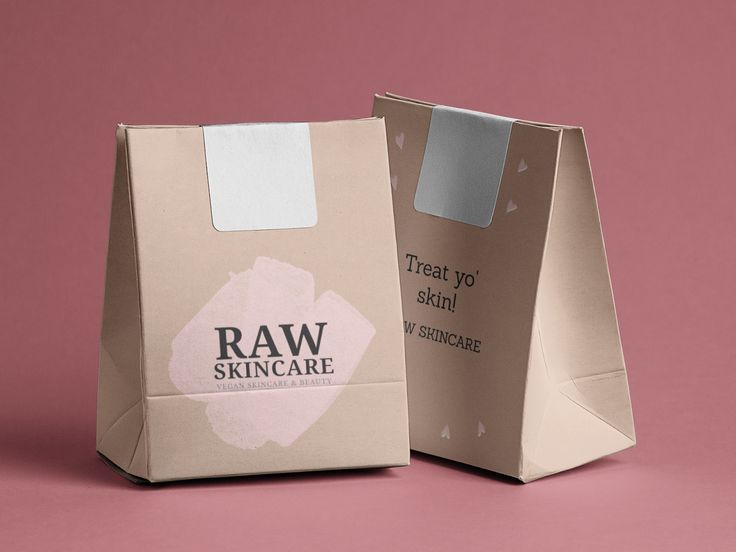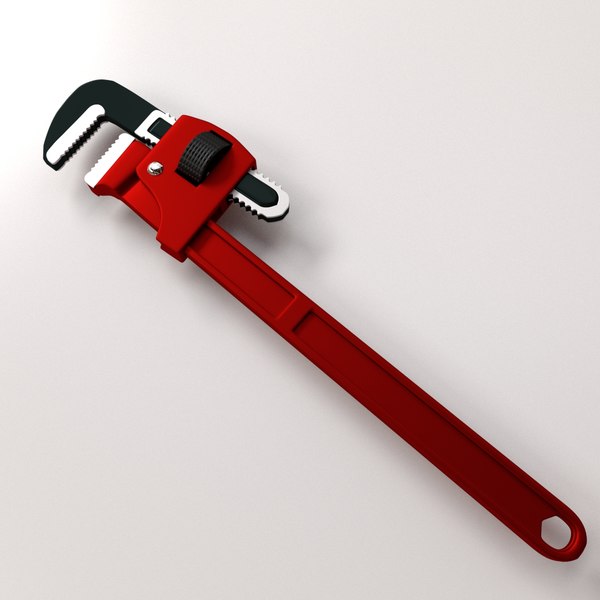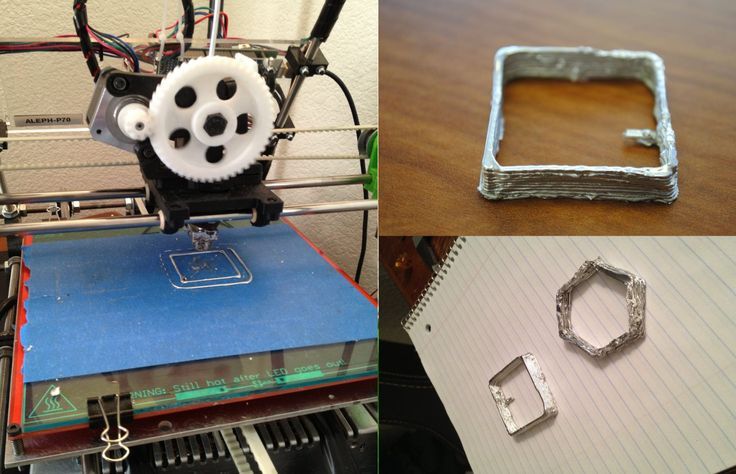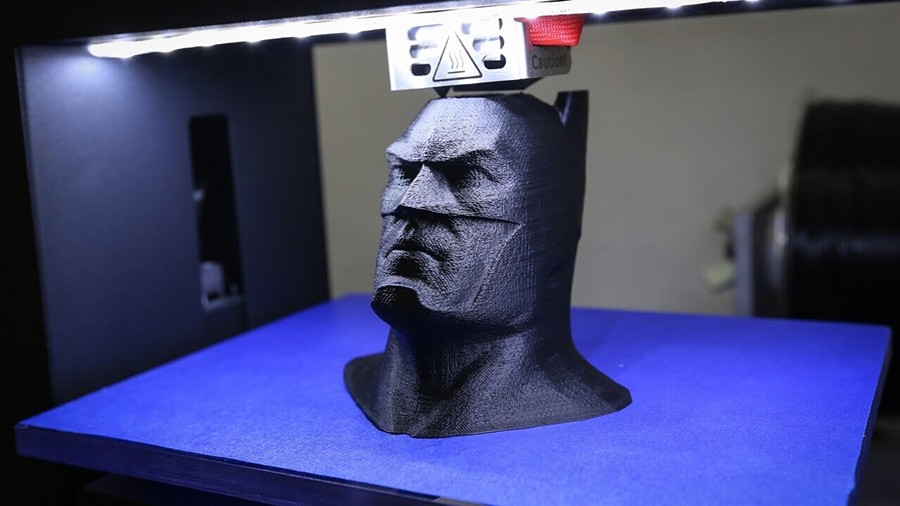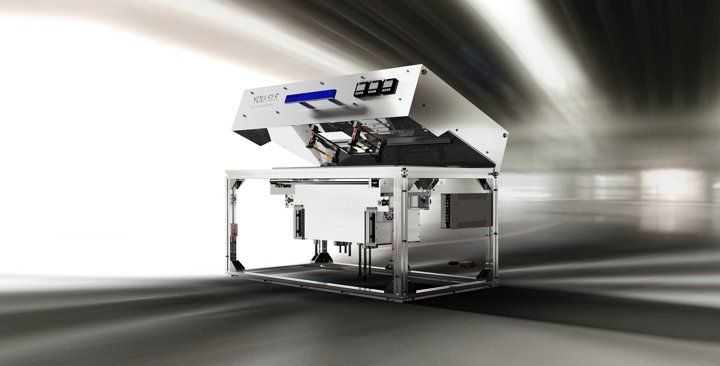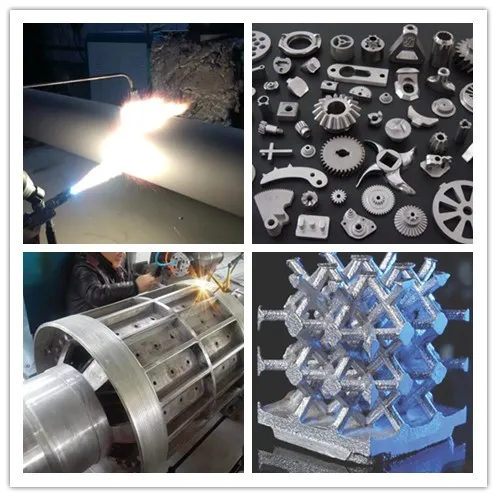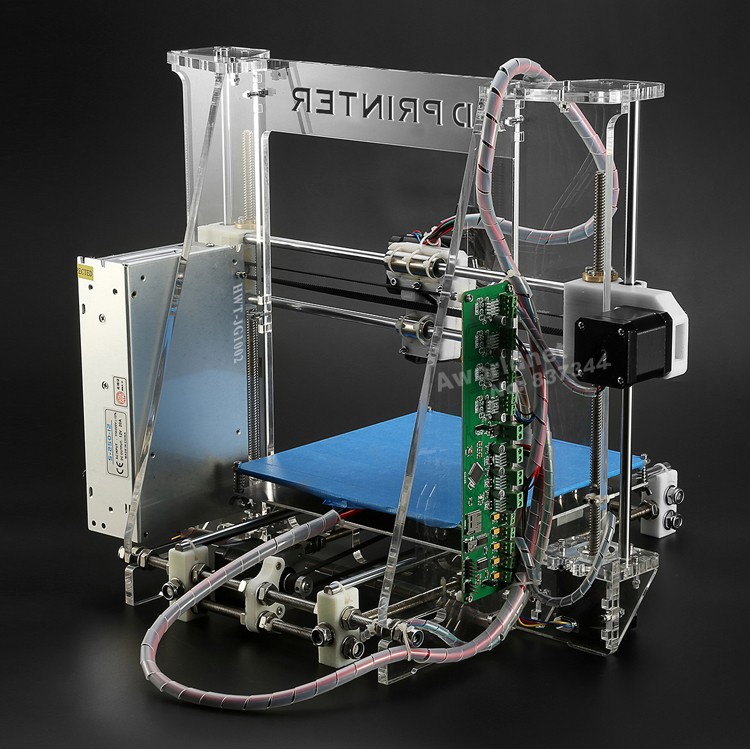3D print packaging
3D Printers in Modern Packaging Design
How 3D printing boosts packaging design
Concept arts of prototype packaging items that are to be 3D printed.
Packaging designers face three major challenges in their work
-
Packaging can be made with various materials, each requiring specific tools
-
A large number of prototypes is usually necessary
-
Ordering multiple one-off designs increases the overall cost of the prototyping stage
3D printers can print almost all shapes, so there is no significant price differences between different designs.
Filaments for 3D printers are designed to imitate various materials like wood, glass, or carbon fiber.
Multiple design ideas can be evaluated simultaneously as one 3D printer can print multiple prototypes in one go.
Fabrication is done in-house to shorten lead times, lower the costs, and mitigate the risk of having the design leaked.
Workflow in using 3D printers for packaging design
Packaging designers can implement 3D printers in their work following four simple steps. Here's how it works.
Step 1: CAD design
A new packaging design is created in CAD software.
Step 2: Selection of target materials
Target materials are chosen to achieve the packaging looks and purpose.
Step 4: Fabrication and evaluation
The design is 3D printed with the chosen filaments and evaluated by stakeholders.
Step 3: Selection of filaments
3D printing filaments are chosen to closely match the target materials.
Step 1: CAD design
A new packaging design is created in CAD software.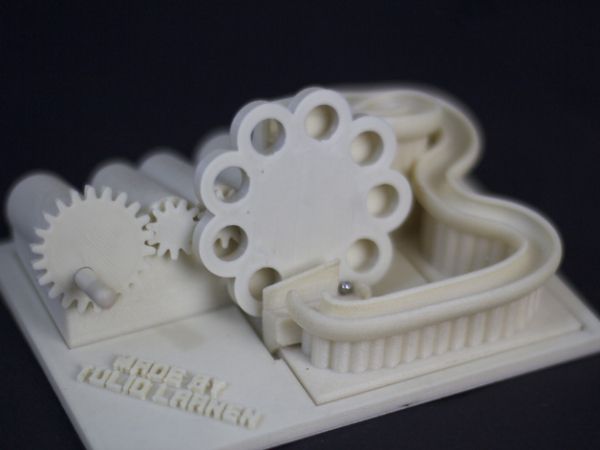
Step 2: Selection of target materials
Target materials are chosen to achieve the packaging looks and purpose.
Step 3: Selection of filaments
3D printing filaments are chosen to closely match the target materials.
Step 4: Fabrication and evaluation
The design is 3D printed with the chosen filaments and evaluated by stakeholders.
3D printed packaging prototypes
3D printers can streamline prototyping processes in plastic packaging design. The technology is capable of fabricating models in almost all shapes while a wide range of filaments can be used to imitate a variety of target materials.
Small size prototypes with complex geometry
Resin 3D printing technologies like the Zortrax UV LCD are best for small yet intricately designed models.
See more
Medium size prototypes with simple geometry
LPD technology is the most cost-efficient for making simple medium size models.
See more
Medium size prototypes with complex geometry
LPD Plus technology is best for intricately designed, medium size details with complex internal architectures.
See more
Medium size prototypes with smooth surfaces
SVS automated post-processing devices can be used with LPD or LPD Plus printers to make packaging water-tight and aesthetically pleasing.
See more
How 3D-Printed Sustainable Packaging Meets Corporate Goals & Consumer Demands
Published on May 5, 2022 by Mikahila L.
Sustainable packaging has become an end-to-end business solution, and increasingly we are seeing the possibilities for 3D printing in the sector. The 3D printing manufacturing cycle of digitally designing packaging and using environmentally conscious materials results in high-quality products that help businesses achieve their corporate sustainability goals.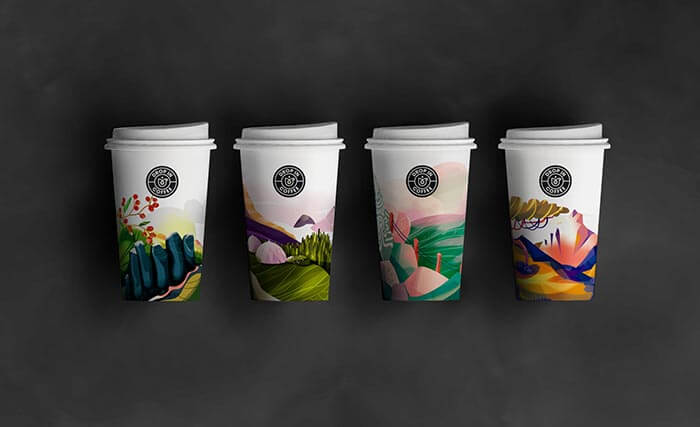 However, there are some pitfalls along the way. The reason people consider additive manufacturing to be a sustainable method of production is quite simple. It stems from the core tenets of environmental stewardship — reduce, reuse, recycle. In additive manufacturing (AM), also known as 3D printing, fabricating parts and products can result in 70 – 90 percent less scrap waste when compared to traditional methods of manufacturing. Furthermore, there have been many material innovations in 3D printing for the reuse of manufacturing materials as well as the recycling of waste such as plastic bottles, to create new materials. Moving away from single-use plastic, and optimizing the amount of material used in packaging production are some of the primary ways 3D printing is used to create sustainable packaging.
However, there are some pitfalls along the way. The reason people consider additive manufacturing to be a sustainable method of production is quite simple. It stems from the core tenets of environmental stewardship — reduce, reuse, recycle. In additive manufacturing (AM), also known as 3D printing, fabricating parts and products can result in 70 – 90 percent less scrap waste when compared to traditional methods of manufacturing. Furthermore, there have been many material innovations in 3D printing for the reuse of manufacturing materials as well as the recycling of waste such as plastic bottles, to create new materials. Moving away from single-use plastic, and optimizing the amount of material used in packaging production are some of the primary ways 3D printing is used to create sustainable packaging.
Globally, one of the most significant sources of waste is packaging. From consumer appliances and cosmetics to food containers and shipping supplies, there are tons of packaging waste being dumped in landfills.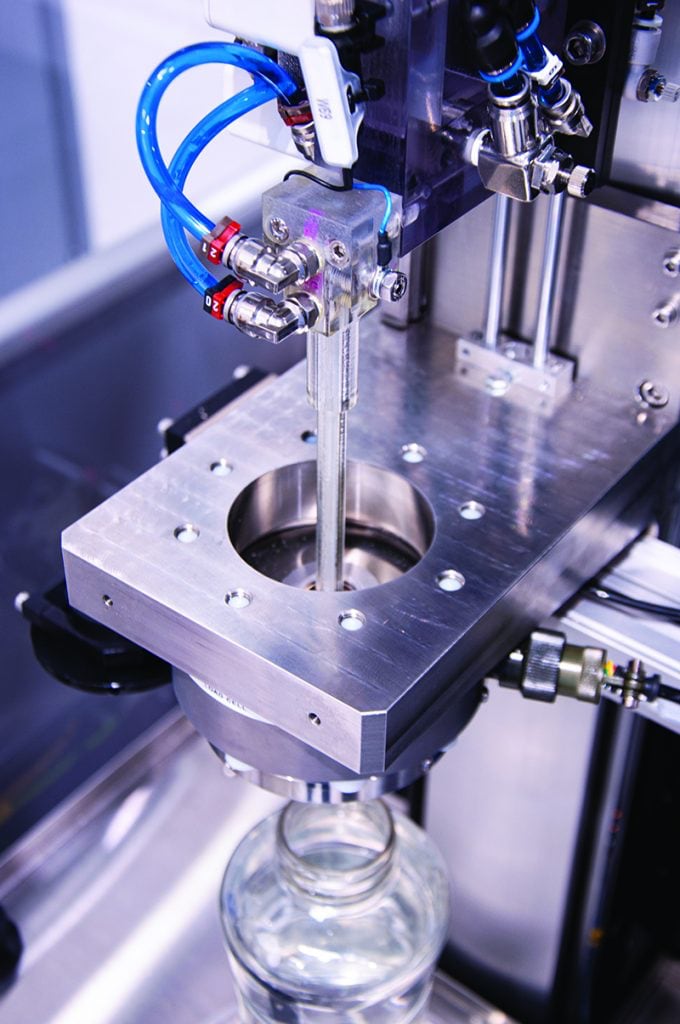 In the United States alone, the Environmental Protection Agency (EPA) estimates that plastic and other packaging waste makes up nearly 30 percent of the country’s total waste annually. Moreover, in 2018, China banned waste imports, with its recyclable plastics imports now down 99 percent, countries including Japan, Germany, the United Kingdom, Belgium, Spain, Italy, France, and the Netherlands are scrambling to deal with massive amounts of waste alongside struggling recycling infrastructures not designed to handle that kind of volume. In order to reduce waste and incorporate more sustainable manufacturing practices, many companies have started using 3D printing technologies to reimagine packaging.
In the United States alone, the Environmental Protection Agency (EPA) estimates that plastic and other packaging waste makes up nearly 30 percent of the country’s total waste annually. Moreover, in 2018, China banned waste imports, with its recyclable plastics imports now down 99 percent, countries including Japan, Germany, the United Kingdom, Belgium, Spain, Italy, France, and the Netherlands are scrambling to deal with massive amounts of waste alongside struggling recycling infrastructures not designed to handle that kind of volume. In order to reduce waste and incorporate more sustainable manufacturing practices, many companies have started using 3D printing technologies to reimagine packaging.
Plastic and other packaging makes up nearly 30 percent of the United States total waste annually–3D printing technologies are bringing to market alternatives to single-use plastic. (Photo Credit: Magda Ehlers/Pexels)
How is Sustainable Packaging Defined?
The term “sustainable” has morphed into a marketing buzzword that companies employ in order to signal to consumers that the product with such a label is not “harmful to the environment”.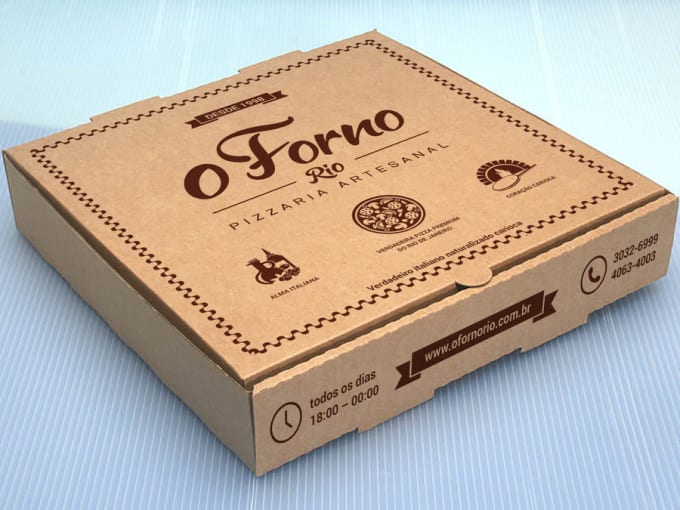 Sometimes, but not often, companies include “social responsibility” under that umbrella of sustainability — with social responsibility including fair wages and humane working conditions. For this particular examination into sustainable packaging, we are going to explore production methods (e.g. injection molding, binder jetting, etc.), machinery (e.g. ExOne M-Flex, 3D Systems ProJet), and materials (e.g. bio-based resins, wood pulp). Beyond just marketing terms and consumer preference, there also third-party organizations providing verification and certification for these 3D-printed packaging items. Toly Group, which produces 3D-printed high-end packaging for luxury cosmetics brands, enlists the services of several authorities in the sustainability space, including the ISO 14001 (environmental management system certification), CDP (Carbon Disclosure Project which compares the CO2 and CO2 equivalents of various entities), the ISCC (analyzes chain of custody of sustainable materials), and Ecovadis (corporate social responsibility including environmental issues).
Sometimes, but not often, companies include “social responsibility” under that umbrella of sustainability — with social responsibility including fair wages and humane working conditions. For this particular examination into sustainable packaging, we are going to explore production methods (e.g. injection molding, binder jetting, etc.), machinery (e.g. ExOne M-Flex, 3D Systems ProJet), and materials (e.g. bio-based resins, wood pulp). Beyond just marketing terms and consumer preference, there also third-party organizations providing verification and certification for these 3D-printed packaging items. Toly Group, which produces 3D-printed high-end packaging for luxury cosmetics brands, enlists the services of several authorities in the sustainability space, including the ISO 14001 (environmental management system certification), CDP (Carbon Disclosure Project which compares the CO2 and CO2 equivalents of various entities), the ISCC (analyzes chain of custody of sustainable materials), and Ecovadis (corporate social responsibility including environmental issues).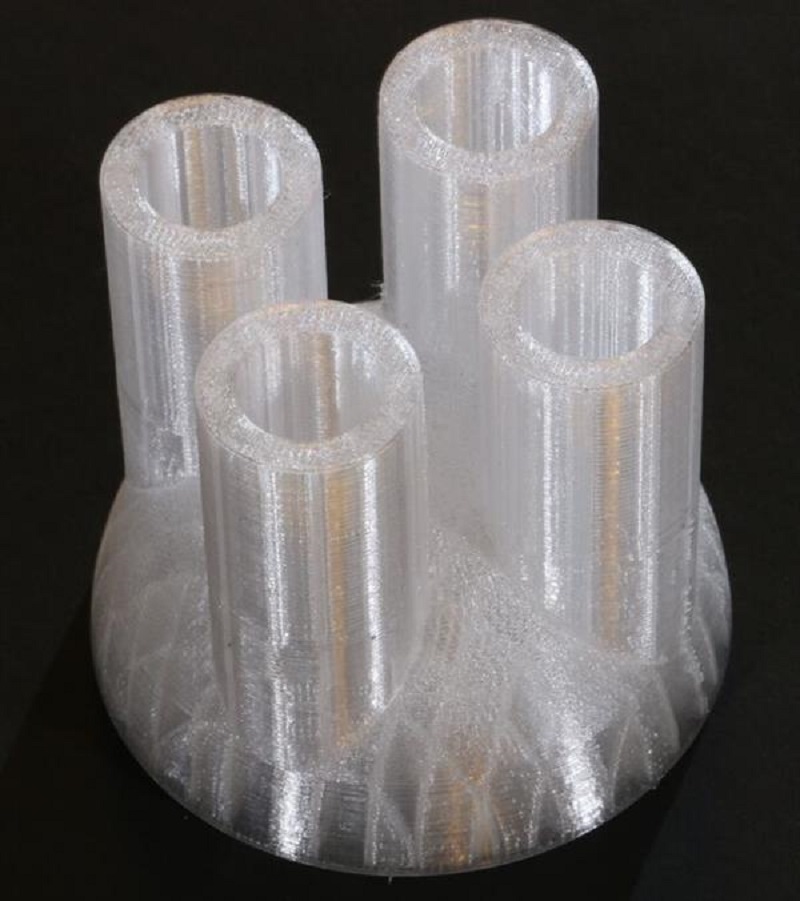
Nielsen consumer research revealed that 73 percent of millennial consumers are willing to pay more for sustainable products — 66 percent of consumers overall. (Photo Credit: Krizjohn Rosales / Pexels)
Considering the profitability of the business case for companies to invest in sustainable packaging, one of the strongest drivers appears to be consumer behavior and purchasing decisions. In a survey of 550 consumers, 53 percent of participants stated that products with labels indicating “eco-friendly” packaging helped them define a product as sustainable — above labels such as pesticide-free or organic. Furthermore, according to consumer research from Nielsen, a reported 73 percent of millennial consumers are willing to pay more for sustainable products (and 66 percent of consumers overall ). With these figures, it becomes evident why businesses are readily investing in sustainable packaging. “Our clients are regularly asking us to re-design packaging to be more eco-friendly. This is where 3D printing comes in. It allows us to test prototypes with thinner or hollow parts or lighter weight materials and make sure that the package still reflects the premium quality of the product inside, ”explained James A. Kingswell, Innovation Manager at Toly Group.
This is where 3D printing comes in. It allows us to test prototypes with thinner or hollow parts or lighter weight materials and make sure that the package still reflects the premium quality of the product inside, ”explained James A. Kingswell, Innovation Manager at Toly Group.
Benefits of 3D-Printed Packaging
A Michigan Technological University study revealed that 41 – 64 percent less energy was used to 3D print an item than to manufacture it overseas and ship it to the United States. Plus, even a small reduction in the amount of packaging material used can result in significant cost savings for companies. With 3D printing technology, companies can reduce the amount of plastics in packaging designs without interferring with product quality. Insights such as this are likely why we see organizations such as L’Oréal, UPS, and FedEx investing in in-house 3D printing facilities. As is the case with various 3D printing applications across industries, cost savings and reduction in production time are some of the primary benefits for using 3D printing to create packaging.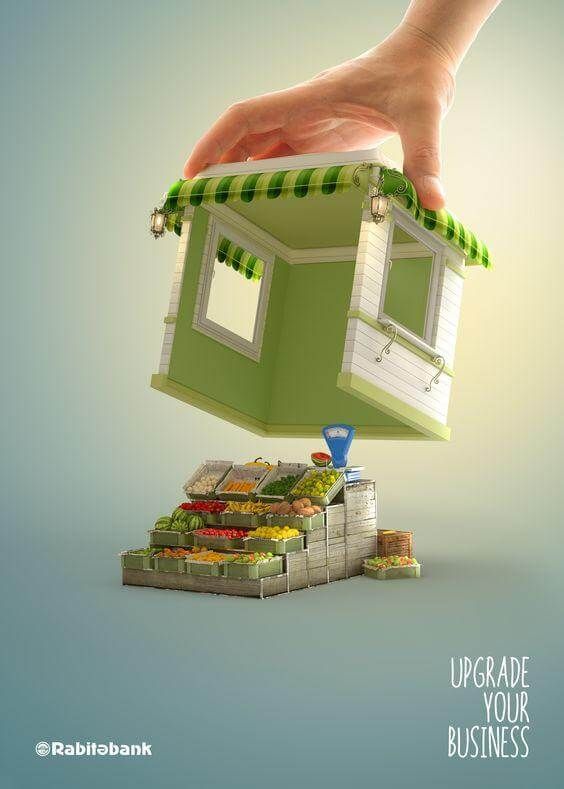 Adding the sustainable aspect to packaging often contributes to the marketability when targeting certain consumers as well as helping companies achieve their corporate sustainability goals.
Adding the sustainable aspect to packaging often contributes to the marketability when targeting certain consumers as well as helping companies achieve their corporate sustainability goals.
In addition to the environmental benefits of 3D-printed packaging, for companies, the design freedom and scalability offers companies the hedge of prototyping designs before committing to costly materials. This technology also enables brands to offer personalized packaging for customers — whether it’s choosing from a set series of design options, or entirely custom design. For example, Marchesini is an Italian company founded in 1974 that produces a wide range of packaging for various industries, including pharmaceutical, cosmetic, and food packaging and it is one of the largest European customers of global AM leader Stratasys.
In its dedicated 3D printing facility, Marchesini has commissioned several FDM and PolyJet printers from Stratasys, including the five F270 systems, four Fortus 450mc, a large-scale Fortus 900mc as well as two PolyJet multi-material 3D printers. “Producing complex, customized parts with traditional manufacturing methods has proved extremely costly and time-consuming, which is no longer suited to the growing demands of today’s packaging industry”, explained Mirko Fortunati, Mechanical Workshops Coordinator at Marchesini Group. “Stratasys additive manufacturing has enabled us to overcome these issues and adopt a customized production model. Having this on-demand production capability enables our engineers to take advantage of the greater design freedom enabled by 3D printing, which has empowered Marchesini Group to achieve higher-quality results.”, Fortunati continued.
“Producing complex, customized parts with traditional manufacturing methods has proved extremely costly and time-consuming, which is no longer suited to the growing demands of today’s packaging industry”, explained Mirko Fortunati, Mechanical Workshops Coordinator at Marchesini Group. “Stratasys additive manufacturing has enabled us to overcome these issues and adopt a customized production model. Having this on-demand production capability enables our engineers to take advantage of the greater design freedom enabled by 3D printing, which has empowered Marchesini Group to achieve higher-quality results.”, Fortunati continued.
Quadpack, global manufacturer of beauty packaging solutions, uses Stratasys’ J Series 3D printer for its full-color, multi-material capabilities. (Photo Credit: Stratasys)
Furthermore, decentralized manufacturing is a huge benefit, which we’ve witnessed demonstrated during the COVID-19 pandemic as the global supply chain was disrupted and shipping halted. In using 3D printing technologies, companies can move production sites swiftly as they are relying on digital files to be printed, not massive immobile factories. Digital files also enable on-demand 3D-printed packaging. For instance, it could be possible to print packaging based on near exact order quantity, thus reducing waste and the volume of packaging that ends up in a landfill. Additionally, time-sensitive sales opportunities such as cultural moments like the Olympics or Squid Game can benefit from targeted limited-batch 3D-printed packaging with the reduced risk of over-producing.
In using 3D printing technologies, companies can move production sites swiftly as they are relying on digital files to be printed, not massive immobile factories. Digital files also enable on-demand 3D-printed packaging. For instance, it could be possible to print packaging based on near exact order quantity, thus reducing waste and the volume of packaging that ends up in a landfill. Additionally, time-sensitive sales opportunities such as cultural moments like the Olympics or Squid Game can benefit from targeted limited-batch 3D-printed packaging with the reduced risk of over-producing.
L’Òréal uses HP’s Multi Jet Fusion and biomimetics to reduce the volume of material used in 3D printed packaging. (Photo Credit: HP)
Injection Molding & Hybrid 3D Printing Techniques
Of course, having only 3D printed packaging is not the only way forward for sustainable packaging. There are also many hybrid methods which have shown promise. For example, injection molding, which has existed since the 19th century, is a well-established traditional manufacturing method that is frequently used alongside 3D printing in innovative ways. Additionally, 3D printing is driving sustainability in that sector as injection molding benefits from the material science used with 3D technologies. The combination is useful as injection molding enables companies to design large volumes of parts, whereas 3D printing can be constrained to small to medium batches due to a combination of cost and materials. Though as the name suggests, injection requires a mold and creating one is quite an expensive endeavor, not to mention significantly more time-consuming. Which is why instead of producing a traditional metal mold, a 3D-printed mold can be created using FDM, laser sintering, or stereolithography. In using these 3D printing technologies, costs are reduced substantially, and companies reduce the risk of delays in production. Design wise, 3D printing opens the possibility for more complex molds to be created, which opens up the possibilities for more optimized, sustainable pieces thanks to the combination of these two manufacturing methods.
Additionally, 3D printing is driving sustainability in that sector as injection molding benefits from the material science used with 3D technologies. The combination is useful as injection molding enables companies to design large volumes of parts, whereas 3D printing can be constrained to small to medium batches due to a combination of cost and materials. Though as the name suggests, injection requires a mold and creating one is quite an expensive endeavor, not to mention significantly more time-consuming. Which is why instead of producing a traditional metal mold, a 3D-printed mold can be created using FDM, laser sintering, or stereolithography. In using these 3D printing technologies, costs are reduced substantially, and companies reduce the risk of delays in production. Design wise, 3D printing opens the possibility for more complex molds to be created, which opens up the possibilities for more optimized, sustainable pieces thanks to the combination of these two manufacturing methods.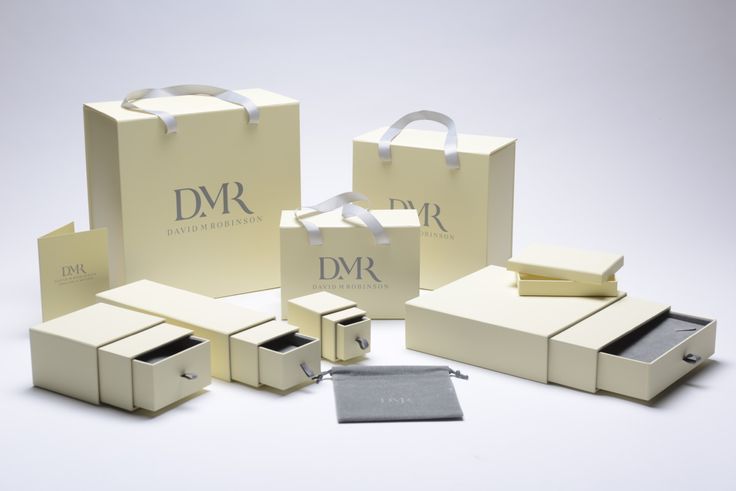
Another way in which 3D printing hybridization can be used for more sustainable packaging is through the creation of specific tools. For example, leveraging ExOne’s metal binder jetting technology, Swedish manufacturer Celwise AB uses detailed metal tooling to create renewable, and biodegradable food containers and packaging. In order to create this patented packaging from Celwise, there are three types of tools in each machine — forming, transferring, and pressing. Celwise reports that this process offers more environmentally friendly products while reducing manufacturing costs by 50%. “Our patented technology delivers a recyclable, renewable, and biodegradable product that can be manufactured faster and more affordably than traditional technologies. Advanced manufacturing approaches, which rely on 3D-printed tooling from ExOne, are an important part of our process,” explained David Pierce, Inventor and Co-Owner of Celwise.
This packaging production method from Celwise uses a molded fiber product as single-use plastic alternative, however this molded fiber product can only be made with additive manufacturing such as ExOne’s binder jetting technology.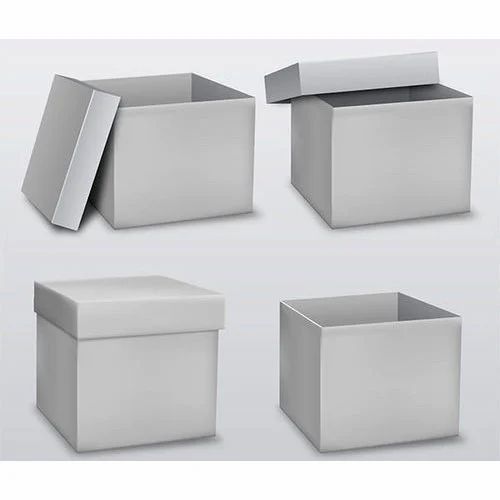 The method is expected to continue growing in the marketplace as Celwise has already sold this eco-friendly packaging solution to international companies in the food and beverage, cosmetics, and electronics industries. This example shows how though sustainable, 3D-printed packaging is growing, the technology is also being used to make more sustainable packaging through indirect methods.
The method is expected to continue growing in the marketplace as Celwise has already sold this eco-friendly packaging solution to international companies in the food and beverage, cosmetics, and electronics industries. This example shows how though sustainable, 3D-printed packaging is growing, the technology is also being used to make more sustainable packaging through indirect methods.
Celwise’s sustainable packaging products made with ExOne’s binder jetting technology. (Photo Credit: ExOne)
Material Science & Simulation Tools
One important consideration when talking about sustainable packaging is the materials used. Until recently, 3D printing has primarily relied on non-biodegradable materials such as plastics made from environmentally hazardous fossil fuels. However, innovations in plastic materials and new plastic alternatives are enabling waste to be printed into valuable products at a fraction of the cost. Biodegradable plastics made of natural materials such as maize or cane sugar, are used for food packaging, disposable cups, bag.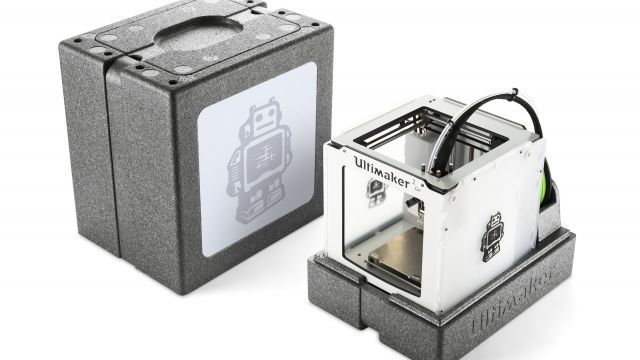 Compostable and biodegradable materials help reduce the amount of waste that ends up in landfills and the level of plastic pollution in our oceans. Worth noting is that compostable packaging is more valuable in that unlike biodegradable packaging that disintegrate down to natural components, if properly disposed, compostable packaging can becomes nutrient for soil. Therefore, compostable materials also contribute to the better of the environment which is not always the case with biodegradable ones.
Compostable and biodegradable materials help reduce the amount of waste that ends up in landfills and the level of plastic pollution in our oceans. Worth noting is that compostable packaging is more valuable in that unlike biodegradable packaging that disintegrate down to natural components, if properly disposed, compostable packaging can becomes nutrient for soil. Therefore, compostable materials also contribute to the better of the environment which is not always the case with biodegradable ones.
All plastic will eventually be broken down by microbes in the environment, creating CO2 and biomass, however, some plastics take thousands of years. Industry has been combating this slow breakdown cycle on several fronts with research into eco-friendly materials such as ocean-reclaimed plastics, bioplastic, and switching to compostable and biodegradable plastics. A recent material science achievement in 3D printing is Materialise’s Bluesint PA12. This material, used for laser sintering, is a 100% recycled powder with mechanical properties similar to traditional PA 12 (also known as Nylon 12). Innovation in 3D printing has been a main driver of material science over the past few years, especially when it comes to sustainable materials, showing another way the technology is contributing to the development of sustainable packaging.
Innovation in 3D printing has been a main driver of material science over the past few years, especially when it comes to sustainable materials, showing another way the technology is contributing to the development of sustainable packaging.
Coupled with material science, packaging service providers are able to use 3D computer simulations to test various packing designs and determine optimal materials. This is precisely the offering available from Dassault Systèmes, a company known for its 3DEXPERIENCE® which digitally integrates design, simulation, and manufacturing. Apart from just the 3D printing machines that support the fast and efficient manufacture of eco-friendly packaging, the speedy turnover of new packaging designs for existing products is also aided by software. Using advanced 3D modeling, manufacturers can optimize packaging designs before products ever hit the production floor, with technical consideration given to which material will perform best with which design.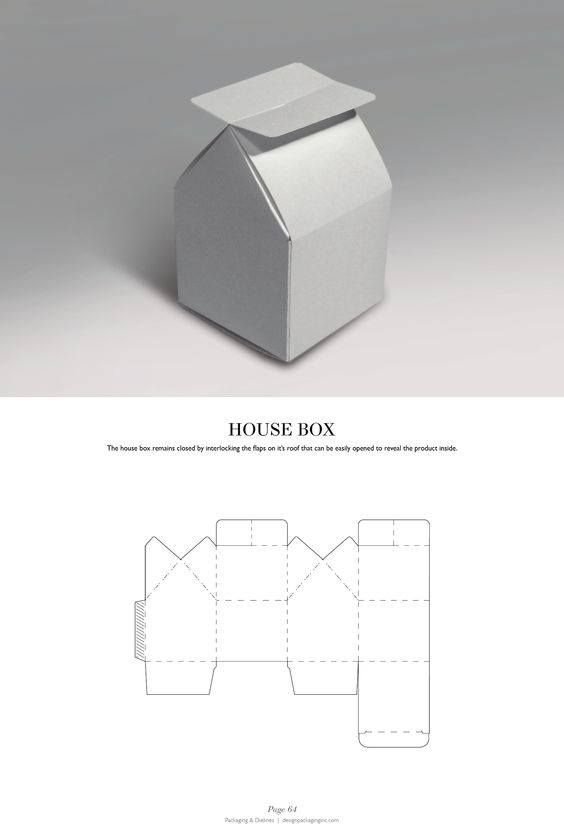 “If new package designs can be simulated before any samples are made, bottle and preform design iterations happen more quickly and cheaply, speeding up the entire design chain and resulting in quicker time to market ”, Sumit Mukherjee, Chief Technology Officer at Plastic Technologies Inc., one of Dassault Systèmes global customers.
“If new package designs can be simulated before any samples are made, bottle and preform design iterations happen more quickly and cheaply, speeding up the entire design chain and resulting in quicker time to market ”, Sumit Mukherjee, Chief Technology Officer at Plastic Technologies Inc., one of Dassault Systèmes global customers.
Drawbacks of 3D Printing
As part count increases, traditional manufacturing technologies become much more economical when compared to 3D printing solutions available. “We have conducted extensive studies that show, for volume production, injection molding is still vastly superior to 3D printing from a sustainability perspective. This is mainly because injection molding can produce thousands of pieces per hour compared to the multi-hour builds typical of 3D printing,” explains Olaf Zahra, Chief Officer Technology & Sustainability at Toly Group. “Also there are many more sustainable options in terms of materials for injection molding than 3D printing.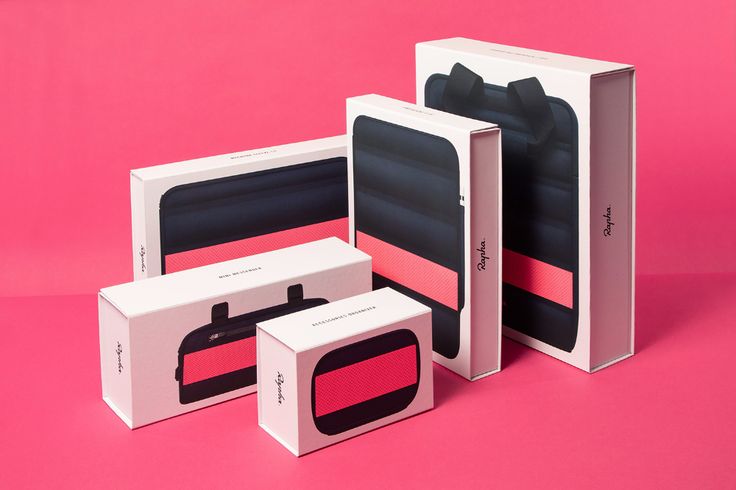 Having said this, 3D printing is effective, economically and environmentally, where lower volumes are required. The threshold at the moment is somewhere between 10,000 and 15,000 components. The balance will shift in favor of additive manufacturing when prints speed up and bio-based and biodegradable materials become available.”
Having said this, 3D printing is effective, economically and environmentally, where lower volumes are required. The threshold at the moment is somewhere between 10,000 and 15,000 components. The balance will shift in favor of additive manufacturing when prints speed up and bio-based and biodegradable materials become available.”
Properly disposing of new sustainable materials presents a challenge for consumers and the existing recycling infrastructure. (Photo Credit: Marcell Viragh / Unspalsh)
While biodegradable materials and the like are heralded as products for a sustainable future, these materials introduce other problems. This new assortment of bioplastics cannot be easily distinguished from traditional petroleum-based plastic. As a result, these new plastics often end up being mixed in for recycling by consumers, either in the plastic recycling collection or in the organic waste container. This corrupts both processes for plastic and composting introducing a new challenge to be solved on the path to sustainability.
The Sustainable Path Forward
In the marketplace, consumers will continue to expect sustainable products and businesses will have to continue to improve their offering to meet consumer buying preferences. On the consumer side, according to a 2021 Deloitte UK survey, 22 percent of consumers lack interest in buying sustainable products (15 percent said they did not have enough information), and 16 percent said these sustainable products were too expensive. As 3D printing technology continues to advance and drive the cost of production down in the future, another part of the business battle will be to inform consumers. This could require working with trusted sustainable certification organizations to provide accurate product labeling (i.e. eco-friendly, biodegradable, etc.) as well as succinctly explaining why the effort is worthwhile for the consumer. In the pursuit of eliminating single-use plastic, we will continue to see material science driving innovation in this space. With companies aiming for production efficiencies and cost-savings, 3D printing technologies are able to deliver on the promise of sustainability via optimized material selection, digitally decentralized manufacturing, and scalability.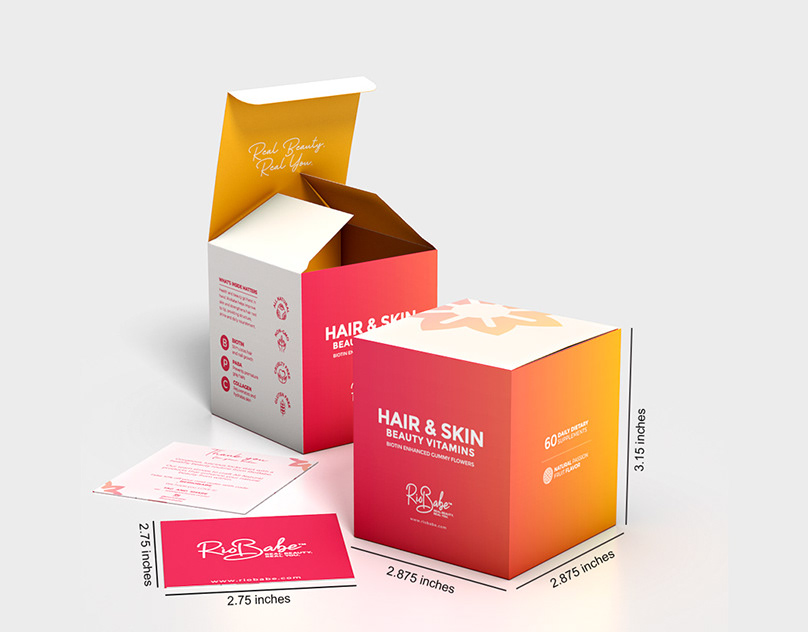
What are your thoughts on sustainable packaging? Let us know in a comment below or on our Linkedin, Facebook, and Twitter pages! Don’t forget to sign up for our free weekly newsletter here, the latest 3D printing news straight to your inbox! You can also find all our videos on our YouTube channel.
Cover Photo Credit: Mali Maeder / Pexels
WHAT ROLE DOES 3D PRINTING PLAY IN PACKAGING PRODUCTION?
Although 3D printing has been around for quite some time, it has only been in the last few years that it has begun to penetrate more and more into our daily lives. This happens because this technology is becoming less expensive, more mature and more accessible from year to year and can become a real solution to problems for many creators and manufacturers, including packaging manufacturers.
3D printing is still underestimated by many manufacturers. While various media tell us about the benefits, many ordinary people and professionals are rather skeptical and do not notice the huge potential of this technology and its multifaceted possibilities, which seriously question the traditional methods of production and consumption.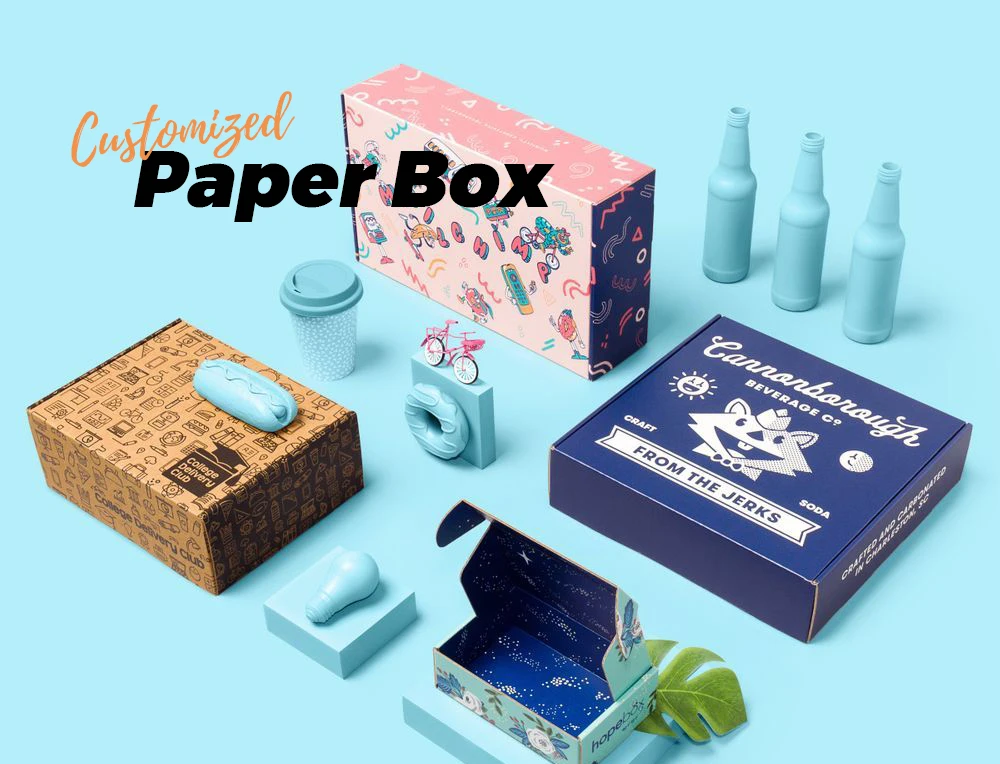
A wide variety of materials and production methods allows the production of a very wide range of products. To dispel myths and fill gaps in knowledge on this subject, let's see in which areas this technology can be used.
3D printing was only talked about a few years ago, although this technology has been known for quite some time... The first patent application for this technology was filed back in 1984 by three French scientists. At the time, this was referred to in the industry as "additive manufacturing" or "rapid prototype" manufacturing. The latter term was given to this type of manufacturing due to the fact that this technology was the only one at that time that allowed creating prototypes, that is, the first copies of a particular product, in a short time. This is a very important stage in production, as the prototype allows you to test, check the viability of the concept and its manufacturability. 3D printing is very economical compared to traditional manufacturing processes.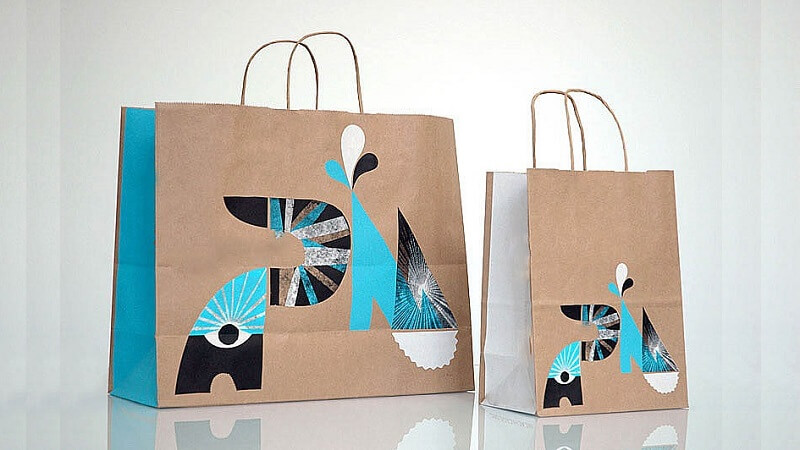 It omits many of the steps of traditional production methods, such as assembly and many others, which greatly reduces the use of labor and production time. Manufacturers of goods can immediately move from the idea stage to the implementation of a real object, that is, from a 3D model to the first copy and in just a few hours, not weeks! This opportunity to reduce production time and costs is increasingly attractive to industrialists and entrepreneurs in various fields. Well-known companies such as Renault or Adidas are using this technology to create a rapid prototype.
It omits many of the steps of traditional production methods, such as assembly and many others, which greatly reduces the use of labor and production time. Manufacturers of goods can immediately move from the idea stage to the implementation of a real object, that is, from a 3D model to the first copy and in just a few hours, not weeks! This opportunity to reduce production time and costs is increasingly attractive to industrialists and entrepreneurs in various fields. Well-known companies such as Renault or Adidas are using this technology to create a rapid prototype.
As for the topic of immediate interest to us, i.e. packaging, 3D printing can be used to create packaging on demand, according to specific needs. This could significantly reduce both waste and the amount of packaging produced.
In addition, this technology is very good for packaging intended for events limited in time space, such as any special sporting or cultural events, such as the World Cup or the Olympic Games, which require special packaging for souvenirs.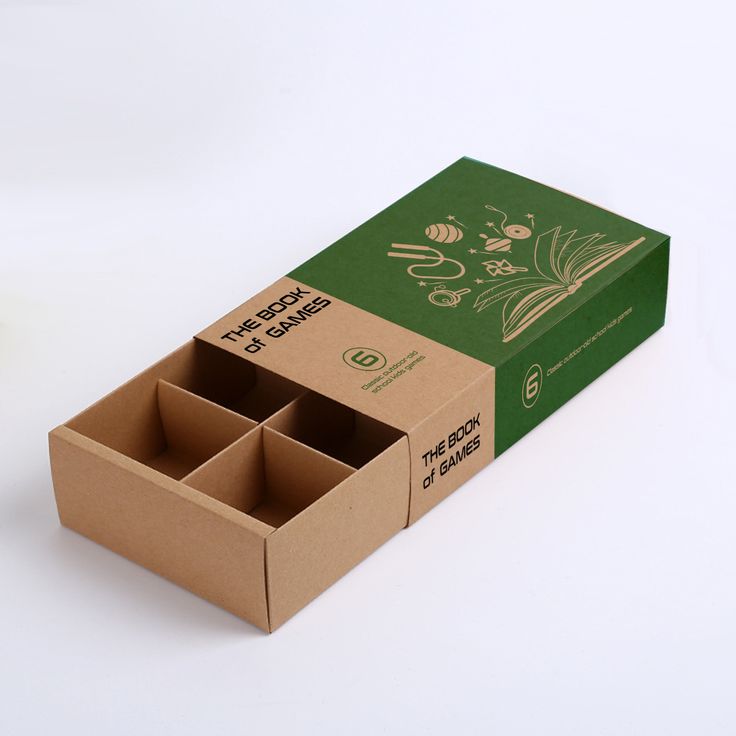
Also, this technology could allow companies to produce personalized packaging for their customers, choosing from a series of pre-existing concepts or making a completely new personalized design. This includes the entire process, from the label to improve or tweak a concept, to a complete redesign of an existing concept for a particular client. This technology is also very important, for example, for gift manufacturers who could add a name, photo or any other element to the package for their client.
At this stage, 2.5D technology can already give excellent results. For example, Casio's Mofrel printer can make textured prints using special paper that is coated with a powder that dissolves under near-infra-red light to create texture. As a result, paper can take on the texture of leather, wood, fabric, and other materials, which can allow manufacturers to create interesting designs for their packaging.
Of course, 3D printers won't be the primary means of packaging production, but they could change the way layouts are designed, allowing packaging makers to make prototypes in a very short time. This would allow the creators to quickly concretize their ideas and resolve emerging technological problems in the shortest possible time. Also, the use of 3D printers would give packaging creators the opportunity to be more creative and interactive, and would allow for faster viability testing.
This would allow the creators to quickly concretize their ideas and resolve emerging technological problems in the shortest possible time. Also, the use of 3D printers would give packaging creators the opportunity to be more creative and interactive, and would allow for faster viability testing.
But not only manufacturers and brand creators are interested in 3D printing, but also logistics companies, big players in the logistics market like UPS or FedEx. Both of these companies have opened 3D printing divisions. Packaging is the main component of logistics, and it is absolutely natural that these transport monsters are developing new technologies. 3D printing technology is also very important, for example, for packaging for small businesses, for companies whose budgets do not allow them to invest in new technologies, including 3D printing technology. In this case, it will be cheaper for them to use the services of their logistics partners.
The 3D printing technology used for packaging shows that it is not limited to the creation of new materials or personalization, but it can completely revolutionize the functional properties of packaging! A great example is the company that makes Smart Cups.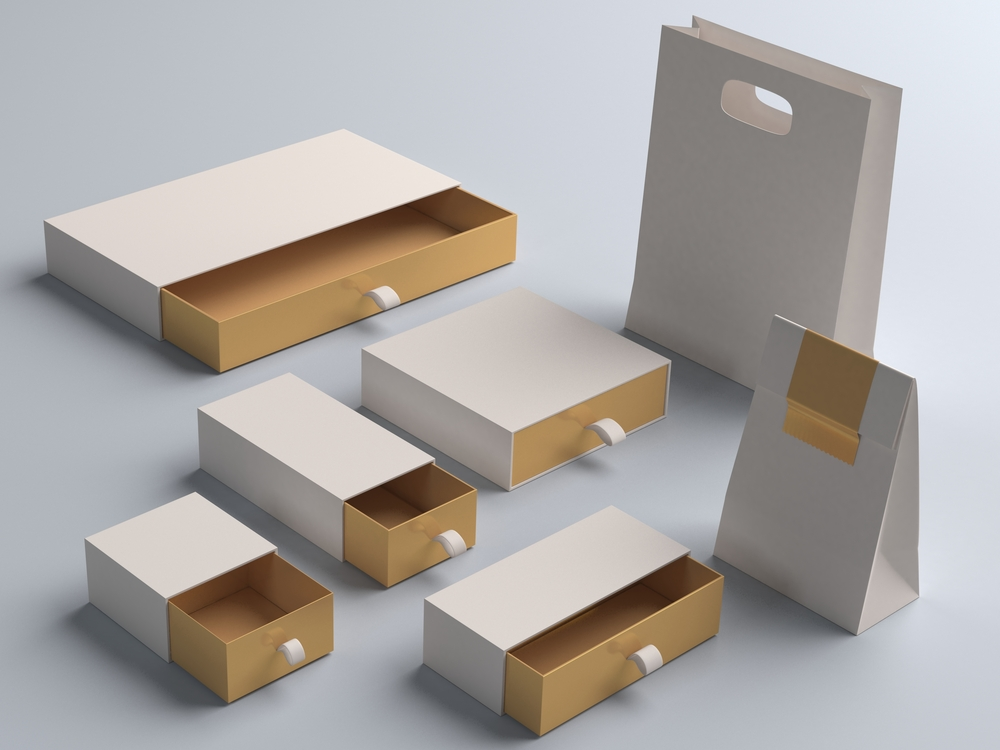 This is a unique range of energy drinks.
This is a unique range of energy drinks.
How starch polymer is used: from 3D printing to packaging
Together with a polymer chemist, we analyze whether there is a universal eco-friendly plastic, where it is used and whether it will save us from plastic pollution
About the author: Sakina Zeynalova — chemist, polymer specialist, science popularizer. Works in the Italian company "Tre Tau Engineering". Author of the book "Poisons: around and inside."
The world is full of plastic waste. Nearly 400 million tons of plastics are produced annually, and this figure is projected to more than double by 2050. The mass of plastics in landfills as of 2021 is estimated at about 5 billion tons. The first methods for solving the problem of plastic pollution have already been developed: recycling, incineration, decomposition under the action of reagents. But what if we develop a plastic that would be obtained from renewable sources and at the same time decompose itself in the environment? Such a material already exists - it is polylactic acid.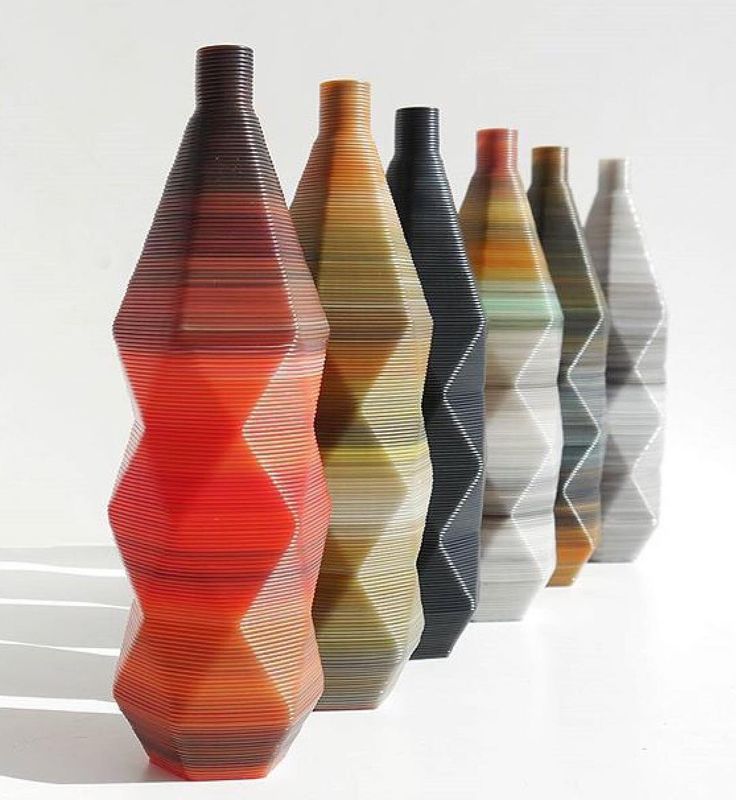 Moreover, you have already met him if you saw the PLA plastic label. Perhaps in the near future, instead of titanium plates, people will be offered implants made of PLA, and in stores, instead of plastic bags, we will take packaging from this polymer. But first things first.
Moreover, you have already met him if you saw the PLA plastic label. Perhaps in the near future, instead of titanium plates, people will be offered implants made of PLA, and in stores, instead of plastic bags, we will take packaging from this polymer. But first things first.
What is polylactic acid?
This is an organic compound that consists of multiply repeating units - lactic acid molecules. The lactic acid molecule itself is obtained by fermentation from raw materials rich in starch: potatoes, corn, cassava, sugar cane. Then the molecules, under certain conditions, enter into a polycondensation reaction: they release water and cling to each other with the bonds that have appeared. So the polymer polylactic acid is ready, the name of which is sometimes abbreviated to PLA (Polylactic acid).
The benefits of polylactic acid
There are many. The main ones are:
- obtaining a polymer from renewable sources, and not from petrochemical raw materials, like synthetic polymers like polyethylene,
- chemical modification abilities,
- high (compared to other biopolymers) tensile and bending strength properties,
- the ability to process the polymer in the same ways and on the same equipment as synthetic polymers,
- good survival of the material inside living organisms,
- ability to "dissolve" inside them,
- degrades to harmless substances after the material has reached its useful life.
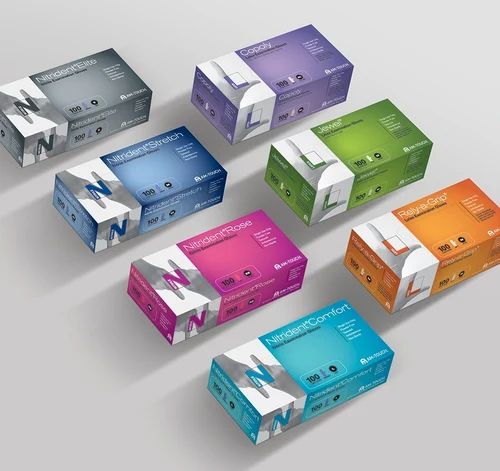
Diagram of the "ideal" life cycle of PLA plastic
Only advantages? No disadvantages?
Of course not. This plastic:
- low barrier properties: films based on polylactic acid are more permeable to gases (CO2, N2, O2) than, for example, polyethylene terephthalate, which is used to make plastic bottles,
- high brittleness, so PLA is difficult to use where product deformation is expected,
- low resistance to heat - in a pure PLA container you can hardly heat food,
- biodegradable. Yes, this is both a plus and a minus at the same time, since in some cases PLA-based plastics can become unusable ahead of time.
Natural fibers from cellulose, linen, cotton, wool, and more can be added to PLA to alleviate these shortcomings. Such additives reinforce the polymer, giving it additional strength and wear resistance without loss of environmental friendliness. In other cases, hydroxyapatite (a substance found in bone tissue), glass microspheres, talc, and other inorganic compounds may be added to PLA.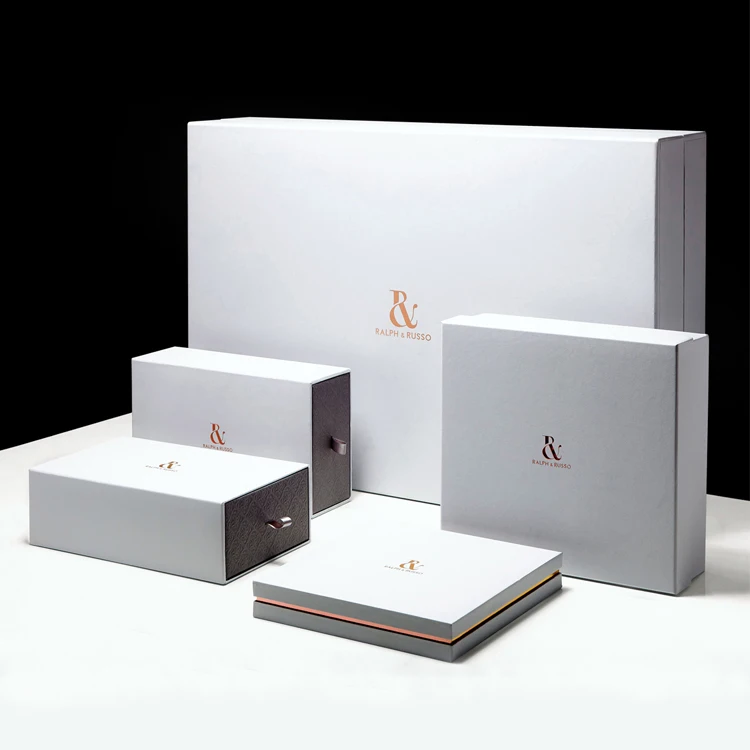
You can go further and resort to chemical modification: in the process of obtaining a polymer, add substances that can integrate into the chain of polylactic acid units. Such compounds are called copolymers. Their properties can differ significantly from the original PLA. By this method, it is possible to achieve an increase in strength, temperature resistance, and the ability to interact with water.
Where is this plastic used?
Here it is worth mentioning that polylactic acid is most often used in a modified form: it can be filled with something or chemically modified, as described above.
Biodegradable packaging
The very first thing you want to try to make from a biodegradable polymer is packaging. Because 70% of the garbage thrown out is it. How great it would be if this plastic itself disappeared into the environment. Indeed, such plastic was made. For 2020, many articles have been published with options for obtaining such materials: they are synthesized from starch, chitosan, cellulose, casein, or even spider web protein.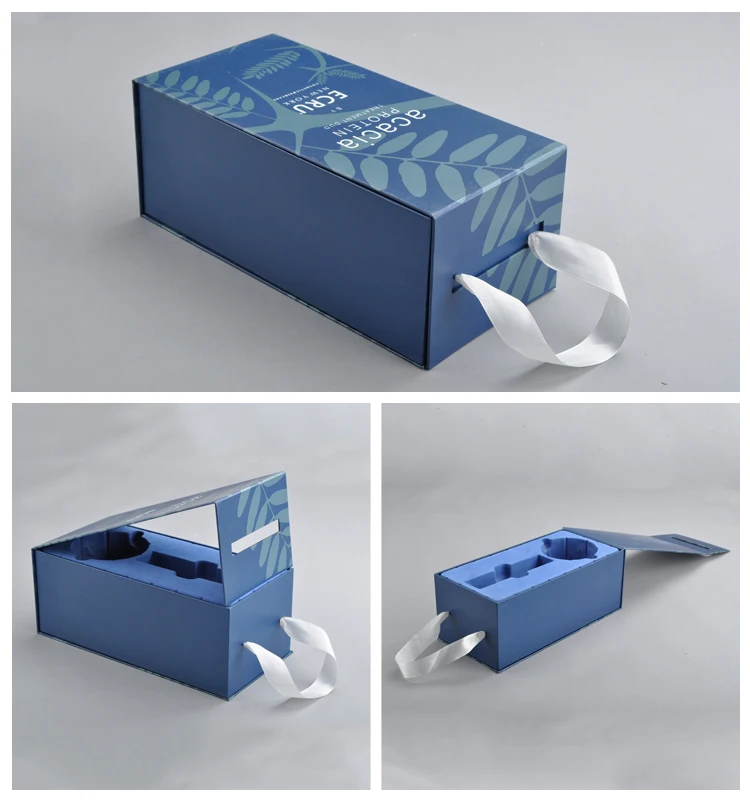 But if it is problematic to “milk” protein from a spider for the production of dishes, then it is much easier to produce a large amount of polylactic acid. PLA packaging will be a little more fragile, it can be spoiled by bacteria, but it is “eco friendly”. And do not forget that the polymer can always be modified. It is even possible to make biodegradable packaging for products based on PLA, nanocellulose and nanosilver, which will have antimicrobial properties. Now on the market you can really find biodegradable packaging, including polylactic acid.
But if it is problematic to “milk” protein from a spider for the production of dishes, then it is much easier to produce a large amount of polylactic acid. PLA packaging will be a little more fragile, it can be spoiled by bacteria, but it is “eco friendly”. And do not forget that the polymer can always be modified. It is even possible to make biodegradable packaging for products based on PLA, nanocellulose and nanosilver, which will have antimicrobial properties. Now on the market you can really find biodegradable packaging, including polylactic acid.
3D printing
PLA plastic is one of the most common materials used to make printer filament. Such plastic melts in the range from 150 to 230 ° C, depending on the brand, and can take any complex shape. But unlike others, PLA is biodegradable, which is an advantage. Another plus is that it can be filled with various fibers and thus change the properties and appearance of the finished product. Why is there 3D, they are already talking about 4D printing with polylactic acid with the memory of the original shape of a PLA product.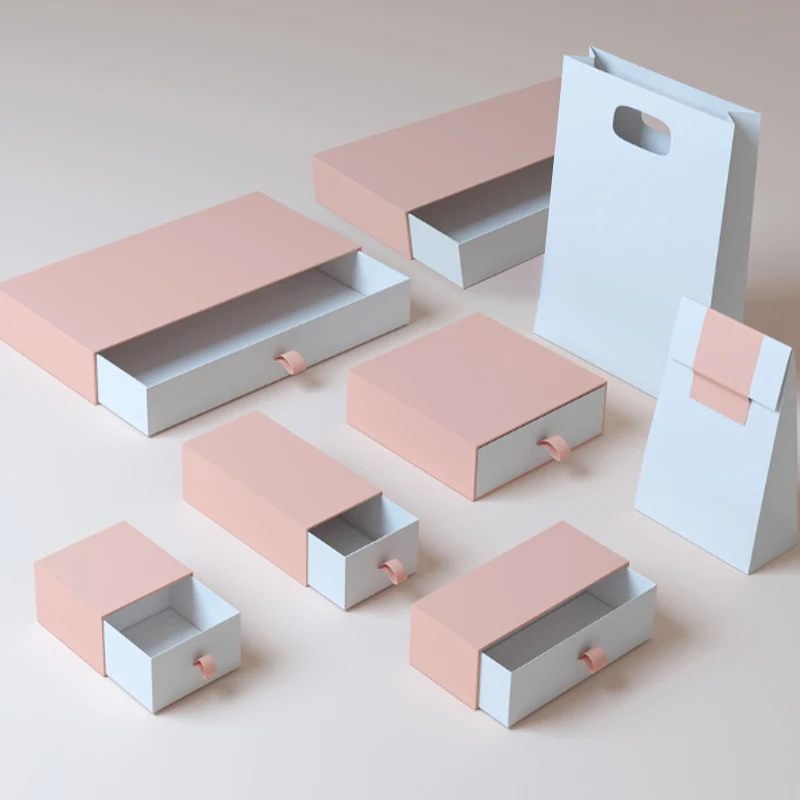
Tissue Engineering
Perhaps the largest and most important application of PLA. On its basis, bone scaffolds are made - matrices through which the cells of the body grow. Such matrices accelerate the healing of bone injuries without causing a decrease in bone density, the main problem with titanium implants. Also, PLA-based scaffolds gradually break down inside and can release something useful for a long time, such as an antibiotic or other medicine. Combinations of polylactic acid, chitosan, hydroxyapatite and hyaluronic acid are very popular.
PLA is also used to make temporary and long-term implants, bone screws, prostheses, suture threads and wound healing materials. The most advanced at the time of 2022, but already affordable, was the printing of individual implants on a 3D printer based on a model built on the basis of a patient's CT / MRI.
Targeted Drug Delivery Carriers
It's not enough just to invent a drug, you also need to deliver it to the exact place where it will help.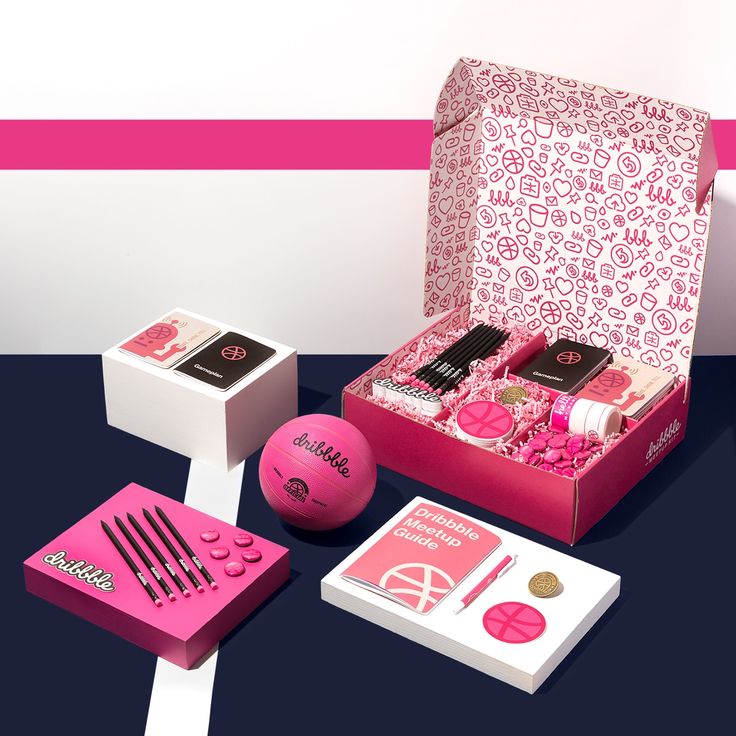 To do this, scientists are developing special carrier molecules for drugs. And polylactic acid copes with this task. So, it can deliver anti-cancer drugs and drugs that accelerate tissue healing.
To do this, scientists are developing special carrier molecules for drugs. And polylactic acid copes with this task. So, it can deliver anti-cancer drugs and drugs that accelerate tissue healing.
You can also make fertilizers that gradually release nutrients, make threads, fishing lines, ropes and sponges. Almost everything you want.
So PLA plastic will save us or not?
Not likely from plastic pollution.
Above in this material, you repeatedly read the word "biodegradable". This means that the polymer is destroyed by soil bacteria, light, moisture and other natural factors. But when plastic ends up in landfills, it is littered with other waste, and the above factors have little effect on it. Biodegradation requires special landfills for composting. There is not a single one of these in Russia as of 2022. The creation and maintenance of such landfills is economically unprofitable.
Therefore, PLA is suggested to be incinerated or recycled (difficult since plastics often contain a lot of additives).